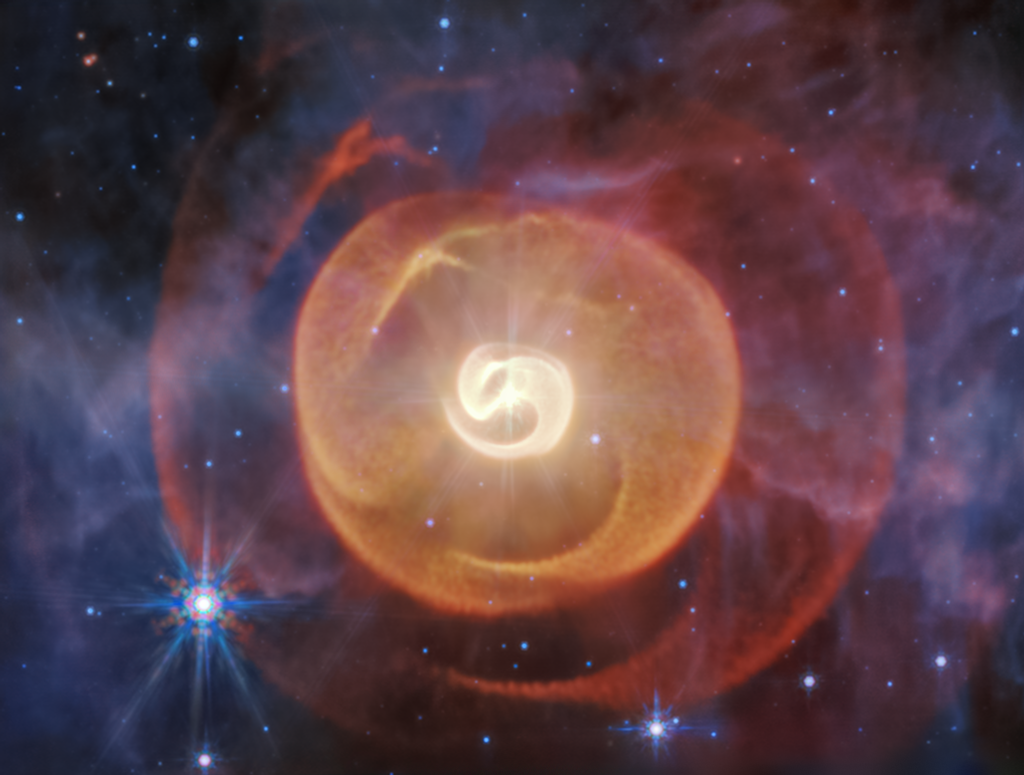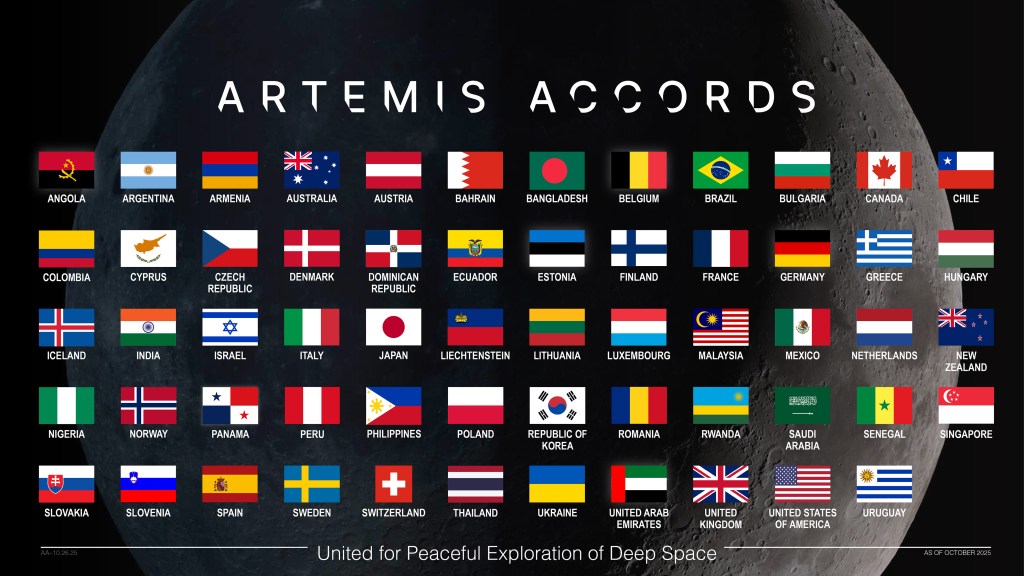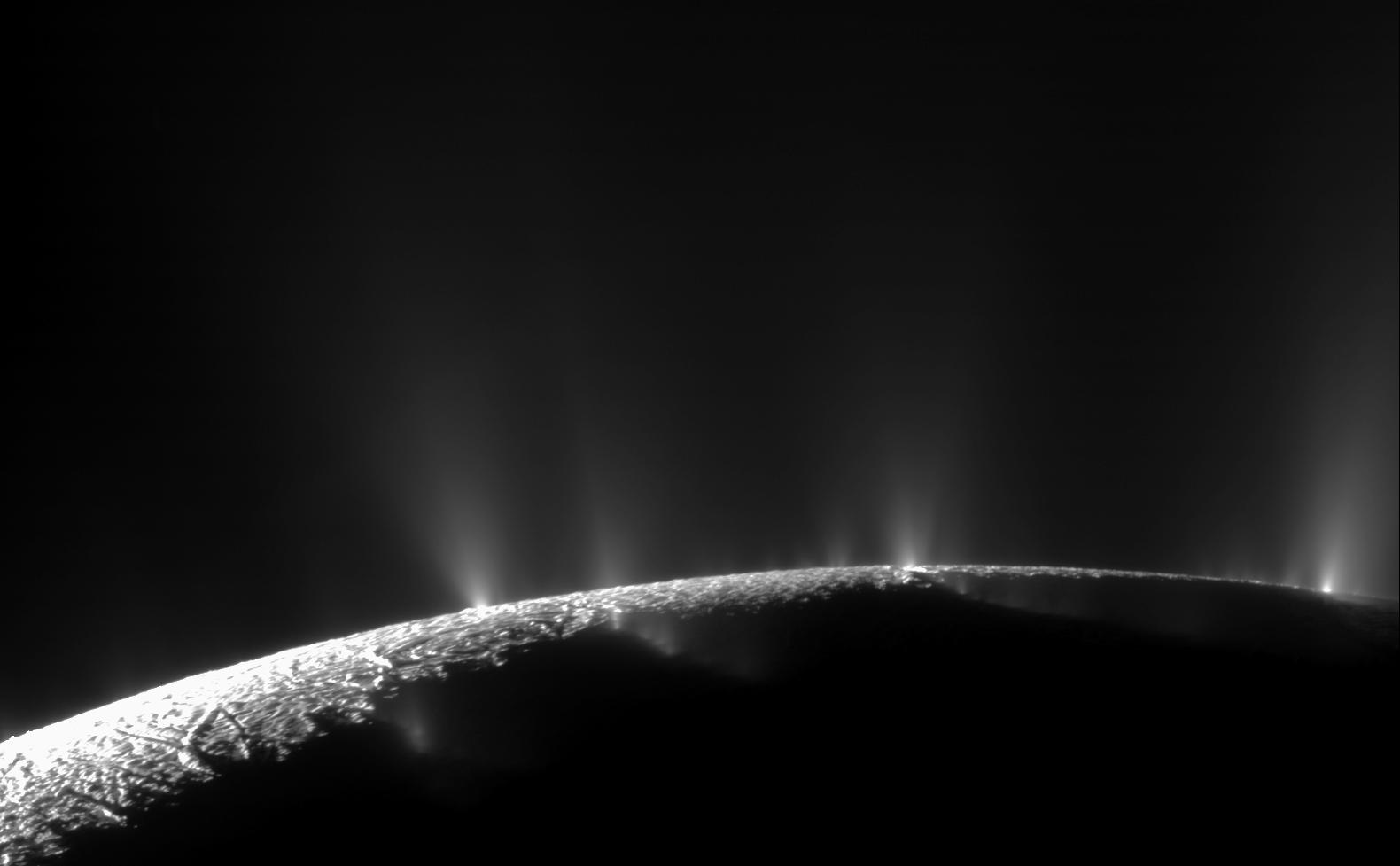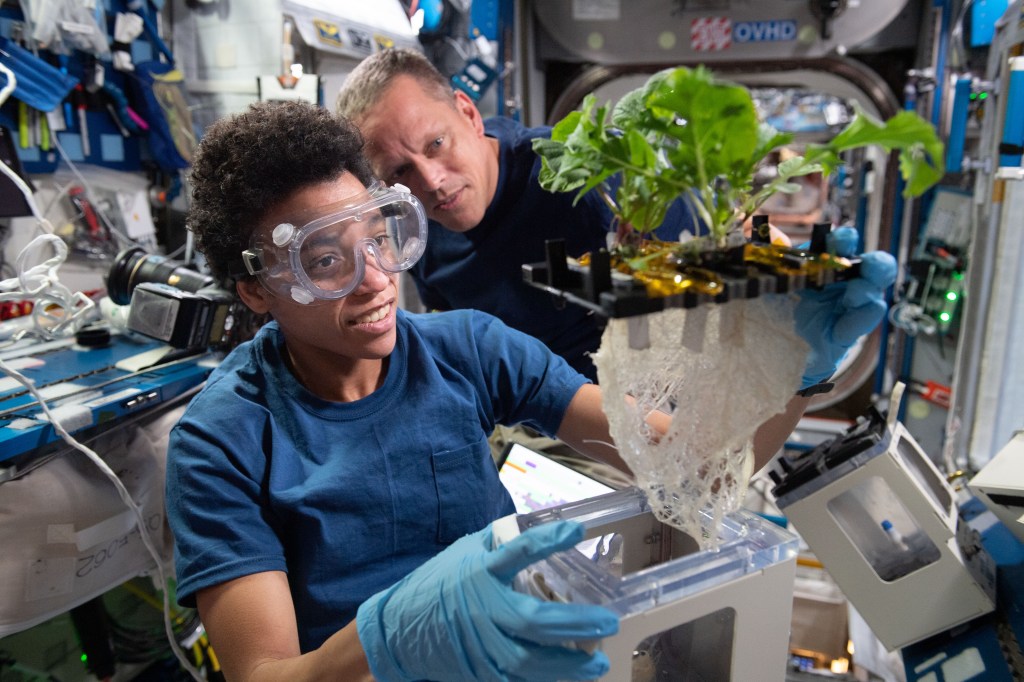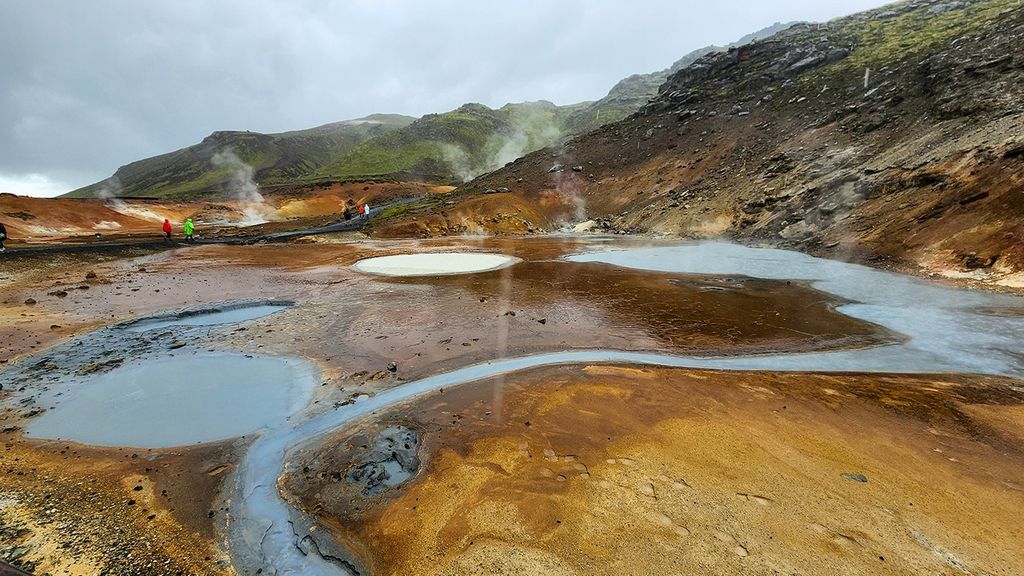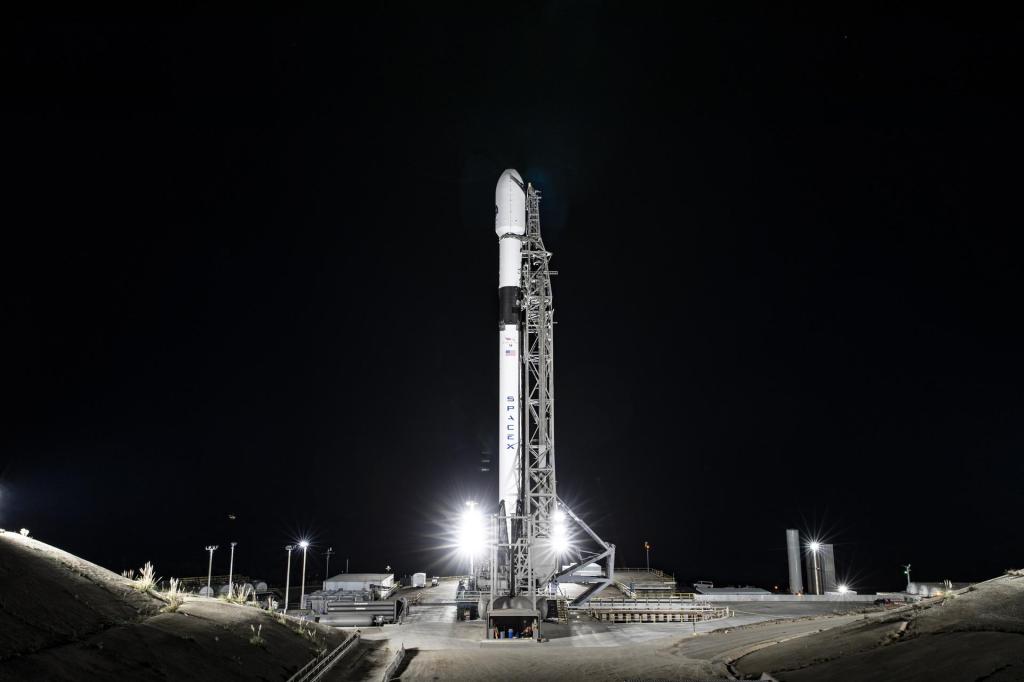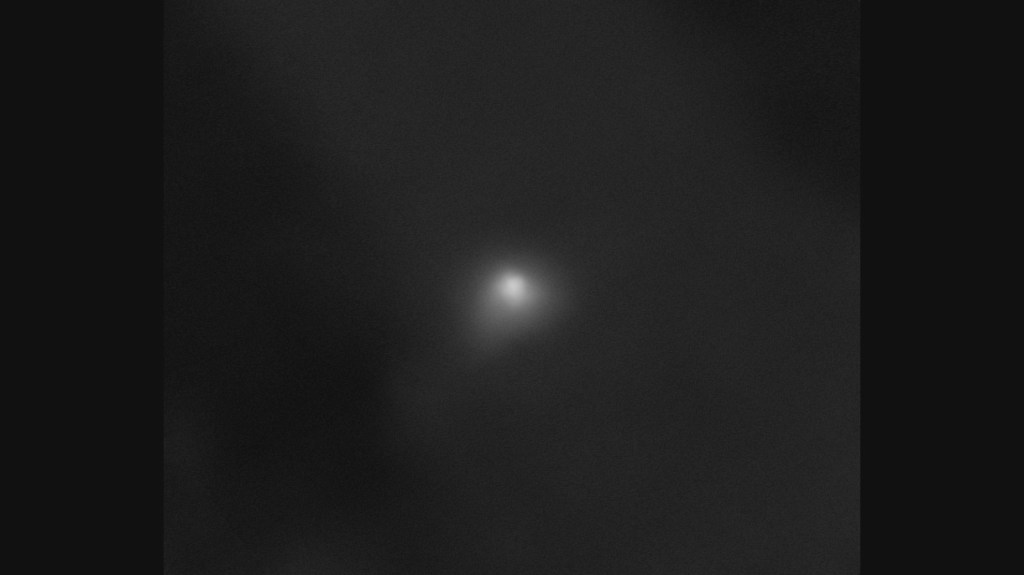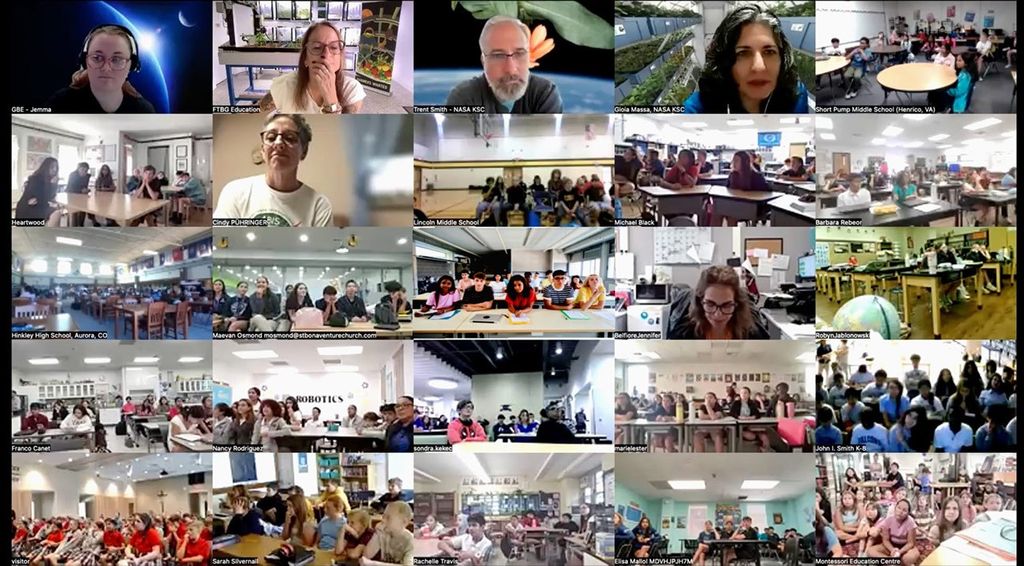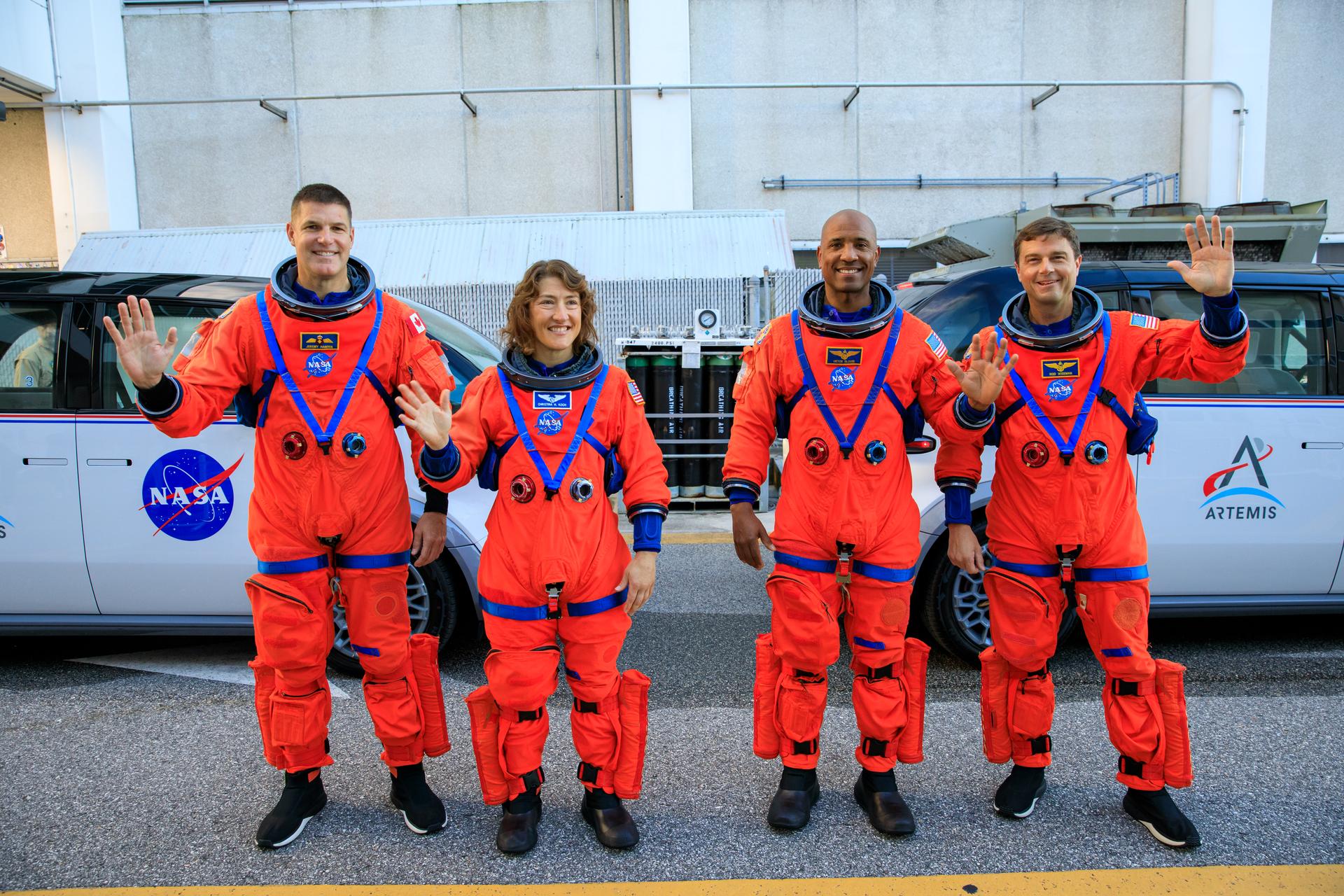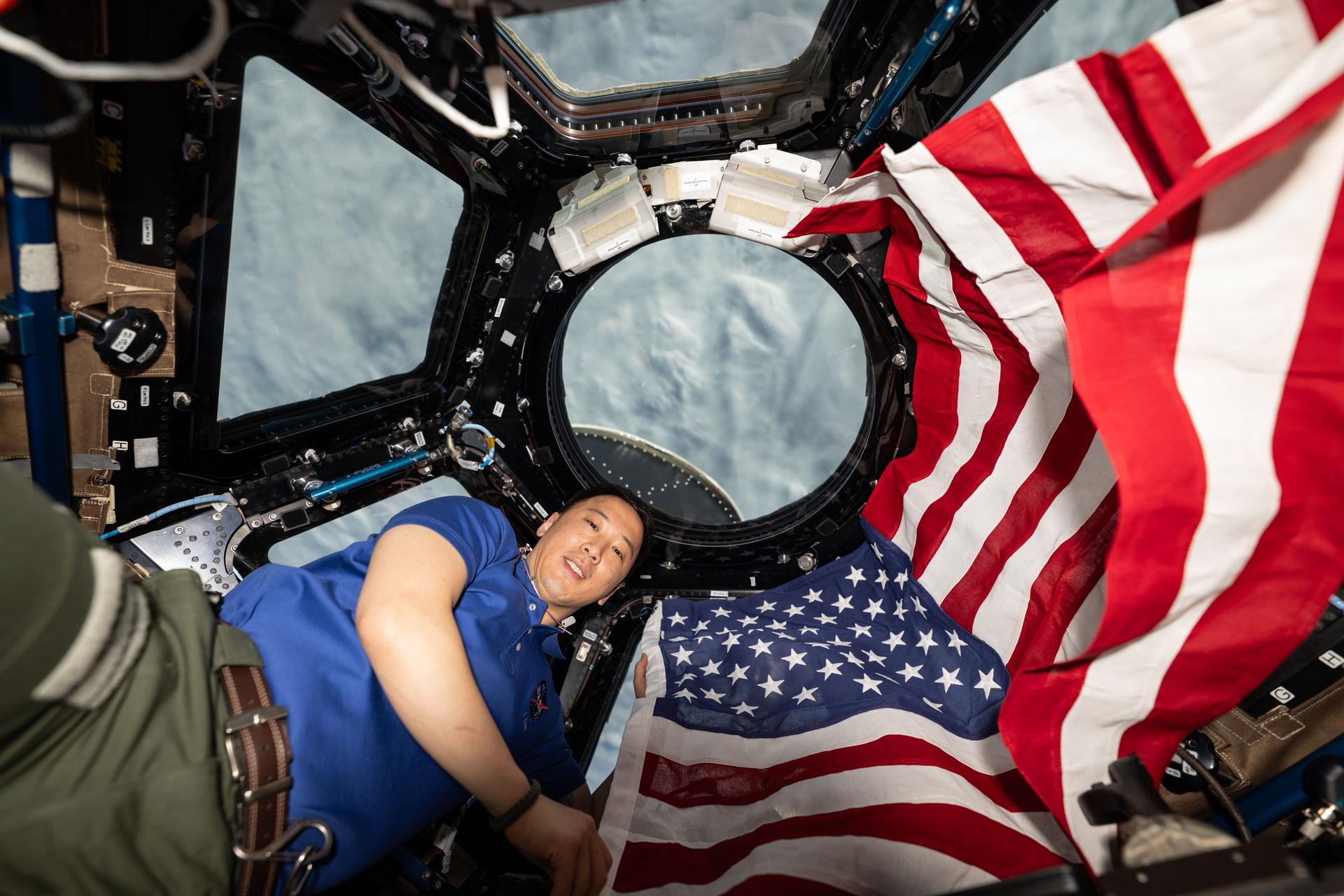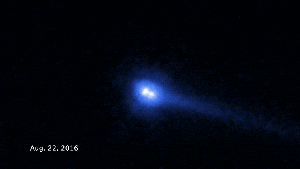
Hubble animation of the asteroid pair, called 2006 VW139/288P.
This time-lapse video, assembled from a set of Hubble Space Telescope photos, reveals two asteroids orbiting each other that have comet-like features. The asteroid pair, called 2006 VW139/288P, was observed in September 2016, just before the asteroid made its closest approach to the Sun. The photos revealed ongoing activity in the binary system. The apparent movement of the tail is a projection effect due to the relative alignment between the Sun, Earth, and 2006 VW139/288P changing between observations. The tail orientation is also affected by a change in the particle size. Initially, the tail was pointing towards the direction where comparatively large (about 1 millimeter in size) dust particles were emitted in late July. However, from Sept. 20 on, the tail began to point in the opposite direction from the Sun as the pressure of sunlight affects smaller (10 microns in size) dust particles where they are blown away from the nucleus by radiation pressure.
- X

